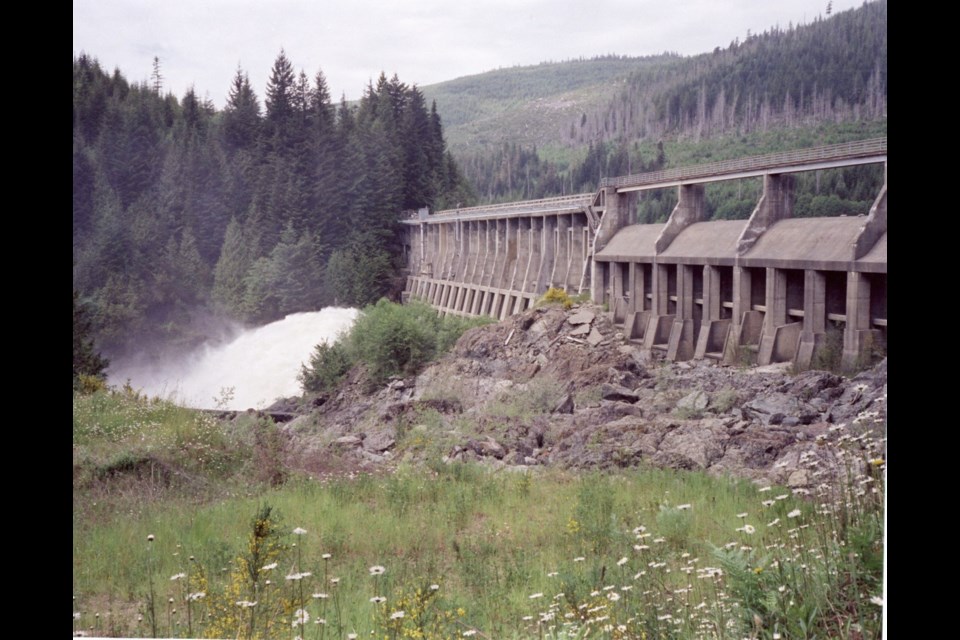Re: “B.C. Hydro’s Jordan River crisis,” comment, March 10.
I would like to respond to the opinion piece about salmon and the Jordan River by providing B.C. Hydro’s perspective as someone who has been involved with the hydroelectric system for about 20 years.
Forestry, mining and hydroelectric power development starting about 1910 have all historically affected Jordan River salmon. In 2000 and 2001, about 20 committee members from government fish agencies, First Nations, B.C. Hydro and area stakeholders, such as the Veins of Life Watershed Society and South Island Aquatic Stewardship Society, made a pivotal decision — we agreed we should begin to correct the past impacts and try to restore the Jordan River fish habitat.
Through our water-use-plan agreement, B.C. Hydro put in place a minimum fish-habitat flow downstream to help fish, and not just salmon, but trout, amphibians and wildlife in general. The Jordan River Water Use Plan was approved by the provincial comptroller of water rights, our provincial regulator. A capital project was initiated and the water started constantly flowing below our dam in 2008.
This also helped dilute the copper seepage from an old mine downstream. This is the leading cause of low salmon numbers, as it prevented salmon and trout from inhabiting the lower Jordan River.
Salmon are only able to migrate a short distance up the river because of the steepness and large boulders, and this was the case before the facility was built. Various monitoring programs confirmed that fish productivity from that water release have been positive. And each year, they are slowly getting better.
Knowing the water quality in the river for fish is now improved, it set the stage for salmon-enhancement projects. Through the Fish and Wildlife Compensation Program, a voluntary initiative with all funds, at more than $2 million per year for coastal hydroelectric watersheds, coming from B.C. Hydro, about $600,000 has been provided to 15 projects in the Jordan River watershed for fish and wildlife restoration. Of these, seven have focused on fish habitat in the lower river.
Most recently, the compensation program funded a Pacheedaht First Nation project in 2017 for the placement of about 660 square metres of new spawning habitat in the lower Jordan River. This new habitat is enough for 2,000 pink and 1,000 chum salmon spawners.
For the short length of the downstream gravel beds, large storm events and resulting high flows are the main issue in moving gravel within the river — not the flow that comes from the powerhouse.
B.C. Hydro also funded the development of a two-dimensional river model to assist future fish-habitat restoration projects on the Jordan River. The model was developed in collaboration with Pacheedaht First Nation, Fisheries and Oceans Canada, B.C. Hydro and interested members of the public. These more recent projects and initiatives continue to move things in the right direction for salmon.
While some have suggested increasing the river flow below the dam might potentially further benefit salmon, the improvement seen to date shows that the current flow rate is working. In addition, the Jordan River facility has very limited reservoir storage, and providing the current downstream fish-habitat flow is challenging in dry years. If run at full capacity for three days with low water inflows, the reservoir would nearly run out of water. There are times during the summer when we have gone months without generating a single megawatt of electricity in order to conserve water and provide the minimum fish flow.
The Jordan River generating plant, at 170 megawatts of power capacity, is a critical facility for the Vancouver Island power supply system because of its proximity to our customers in Victoria. The water release below our dam for fish equates to about $350,000 per year in lost power generation.
We started the salmon restoration conversation about 20 years ago and that work and collaboration continues today.
Stephen Watson is stakeholder engagement adviser for B.C. Hydro.



